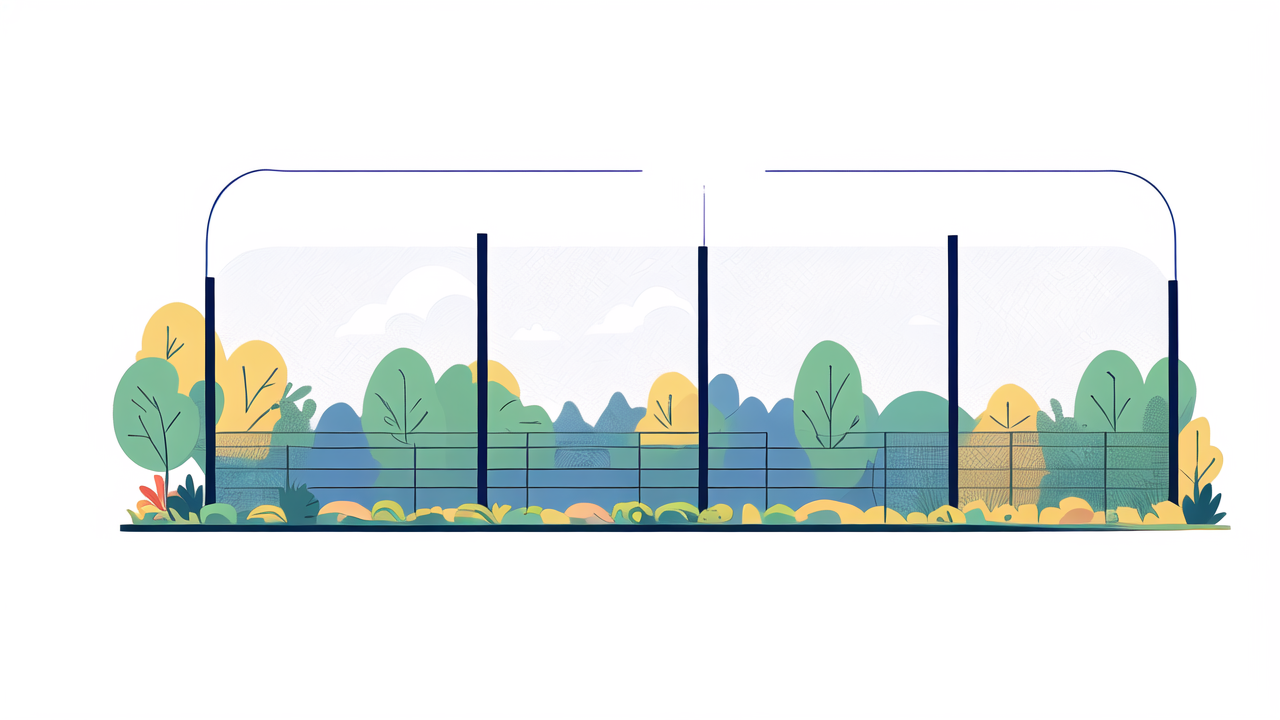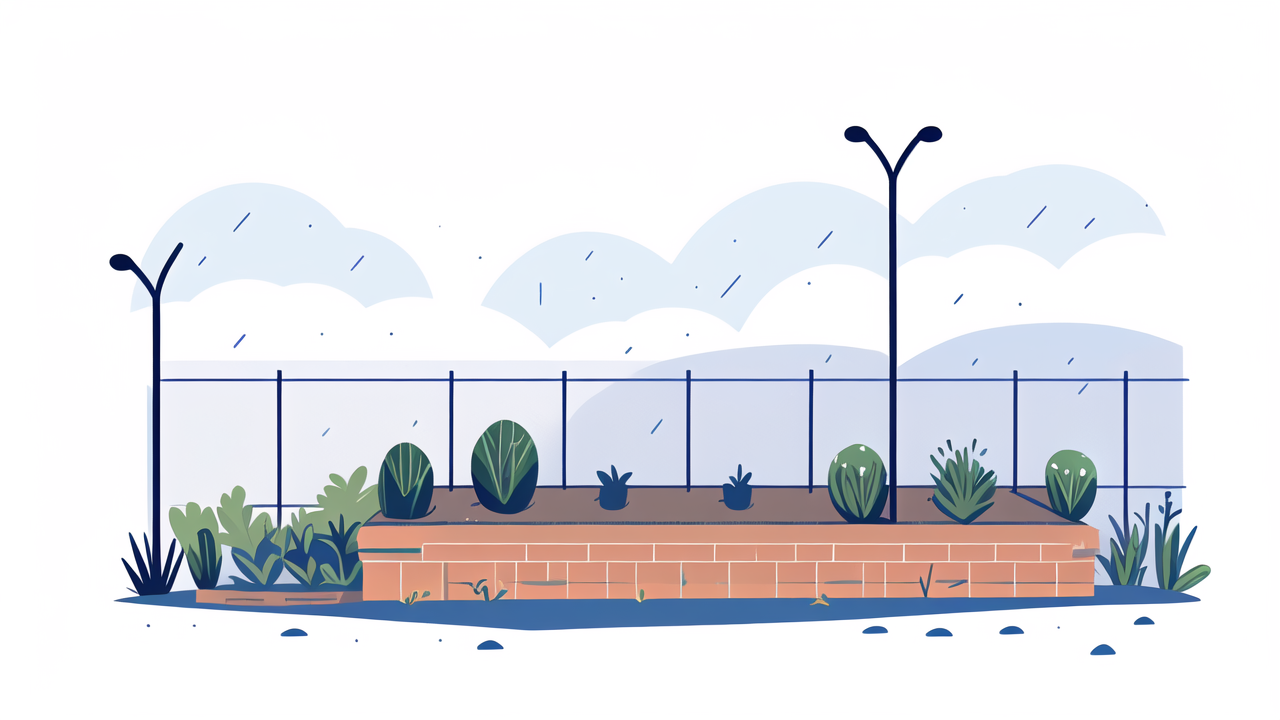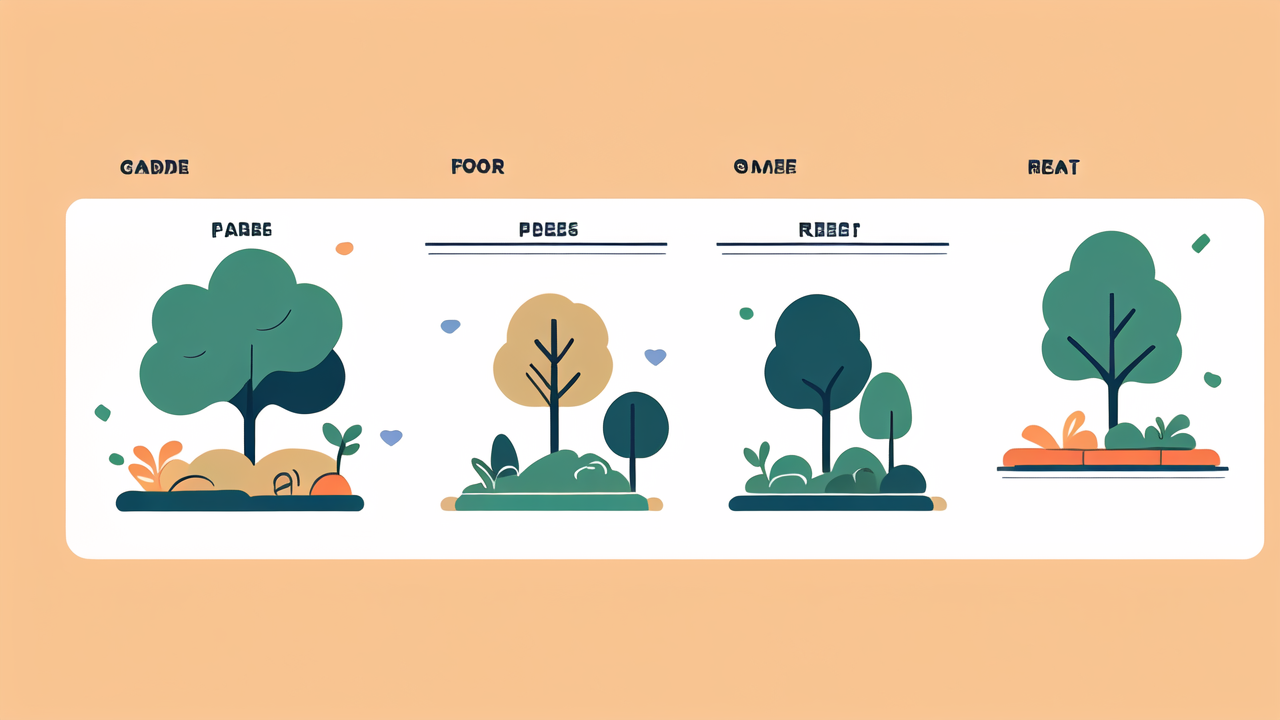Understanding Composite Fencing Materials and Construction
What are Composite Fencing Materials?
Composite fencing materials are a blend of recycled plastic and wood fibers. They offer a durable option for raised garden beds with fencing. These materials mimic the look of wood but resist rot and decay. Composite fencing comes in various colors, including options for a black garden fence. It's ideal for creating stylish and long-lasting garden boundaries. The materials are eco-friendly, using recycled plastics that might otherwise end up in landfills. Composite fencing is strong, weather-resistant, and requires little maintenance. It's a popular choice for both residential and commercial landscaping projects.

How Composite Fencing is Made
The process of making composite fencing involves several steps. First, wood fibers and recycled plastic are mixed together. This mixture is then heated to create a uniform compound. Next, the compound is extruded into the shape of fence boards or panels. During this process, manufacturers can add colors and textures. They also include UV inhibitors to prevent fading. The result is composite fencing that's strong and weather-resistant. These fences can be used to create anything from a traditional boundary to decorative raised garden beds with fencing.
Benefits of Composite Fencing Over Traditional Options
Composite fencing offers numerous advantages over traditional wood or metal options. It requires less maintenance, with no need for painting or staining. This makes it ideal for busy gardeners. Composite fences resist rot, insect damage, and weathering better than wood. They don't rust like metal fences. For gardeners, composite fencing is perfect for creating durable raised garden beds with fencing. It's also an excellent choice for a long-lasting black garden fence without the upkeep. Composite materials don't splinter, making them safer for families with children and pets.
Assessing the Durability and Longevity of Composite Fences
Evaluating Composite Fencing in Harsh Weather Conditions
Composite fencing stands up well to various weather conditions. It doesn't absorb moisture like wood, preventing swelling and warping. This makes it suitable for areas with high humidity or frequent rain. In hot climates, composite fencing resists fading and cracking from UV exposure. It also performs well in cold weather, not becoming brittle or cracking. This durability makes composite fencing a reliable choice for all seasons. It maintains its appearance and structural integrity in harsh conditions, ideal for raised garden beds with fencing.

The Impact of Maintenance on Composite Fencing Lifespan
While composite fencing requires less maintenance than wood, some care can extend its lifespan. Regular cleaning with soap and water keeps the fence looking new. Addressing stains promptly prevents permanent discoloration. Periodic checks for loose boards or hardware help maintain structural integrity. With minimal upkeep, composite fencing can last 20-30 years or more. This longevity makes it a cost-effective choice for long-term garden improvements. It's especially beneficial for raised garden beds with fencing, which need to withstand soil contact and moisture.
Case Studies: Longevity of Composite Fencing in the United States
Several case studies highlight the longevity of composite fencing across the US. In Florida, a coastal property installed a composite black garden fence 15 years ago. It still looks new, despite constant exposure to salt air and intense sun. A Minnesota homeowner reported their composite fence withstanding harsh winters for over a decade without issues. In California, a community garden used composite fencing for raised beds. After 8 years, the beds remain sturdy and attractive, enhancing the garden's appeal and productivity.
The Economic and Aesthetic Advantages of Composite Fencing
Cost-Benefit Analysis: Composite Fencing vs. Traditional Alternatives
Initially, composite fencing costs more than wood or metal options. However, its long-term value often outweighs the upfront expense. Wood fences require regular painting, staining, and repairs. These costs add up over time. Metal fences may rust or bend, needing replacement. Composite fencing avoids these ongoing expenses. Its durability means fewer replacements over the years. For gardeners, the stability of composite raised garden beds with fencing can lead to better crop yields. This can offset the initial investment for those growing produce.

Aesthetic Appeal and Design Flexibility of Composite Fencing
Composite fencing offers a wide range of colors and textures. This allows homeowners to match their fence to their home's exterior or landscaping. Composite fencing can mimic the look of natural wood grain or provide a sleek, modern appearance. The material can be molded into various shapes and patterns. This flexibility is ideal for creating unique raised garden beds with fencing. Composite fencing maintains its appearance over time, unlike wood which can gray or weather. This consistent look enhances property value and curb appeal, making it a smart choice for homeowners.
The Future of Garden Fencing: Trends and Predictions in Composite Fencing
The future of composite fencing looks promising, with several trends emerging. Manufacturers are developing more eco-friendly composites using higher percentages of recycled materials. New technologies are improving color retention and UV resistance. Some companies are exploring smart fencing options. These could include built-in lighting or sensors for security. For gardeners, future composites may offer enhanced soil retention properties for raised beds. As technology advances, composite fencing is likely to become even more versatile and sustainable. This could revolutionize the way we approach raised garden beds with fencing designs.
